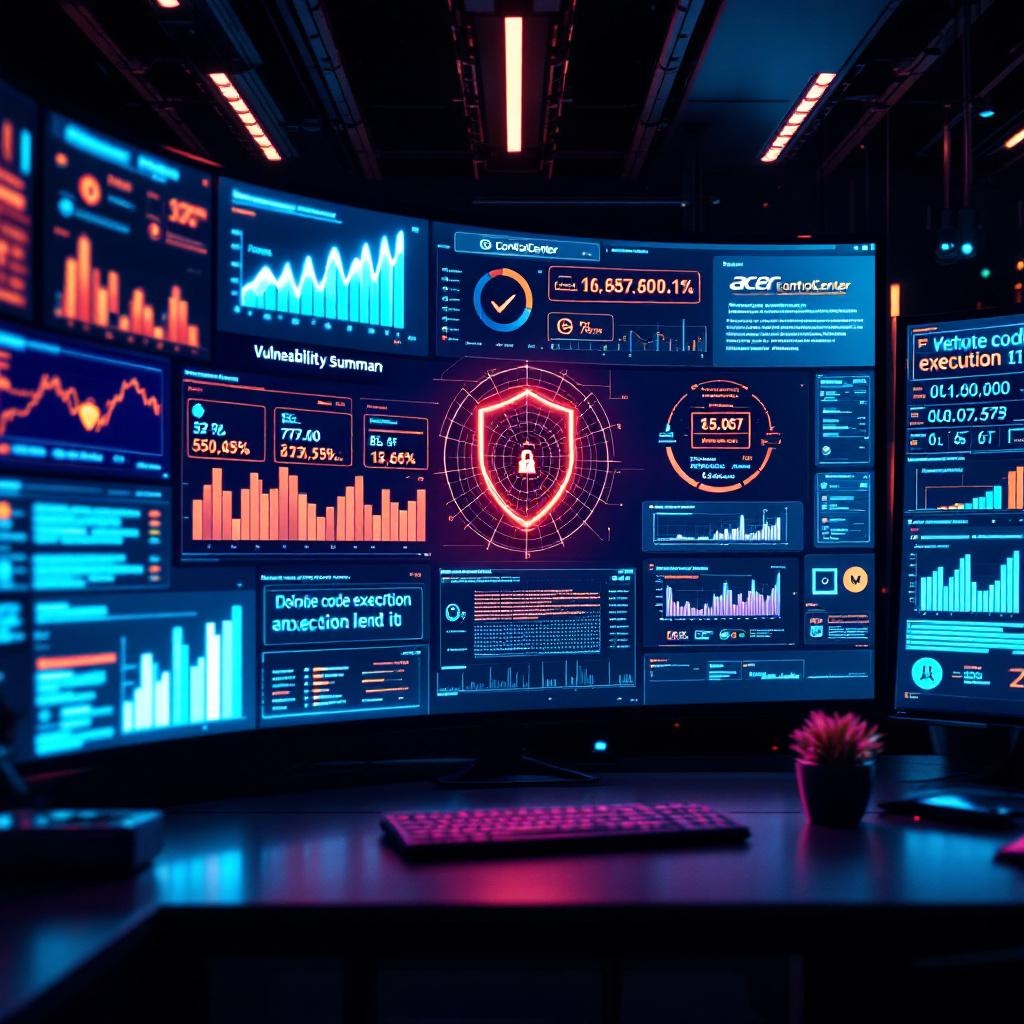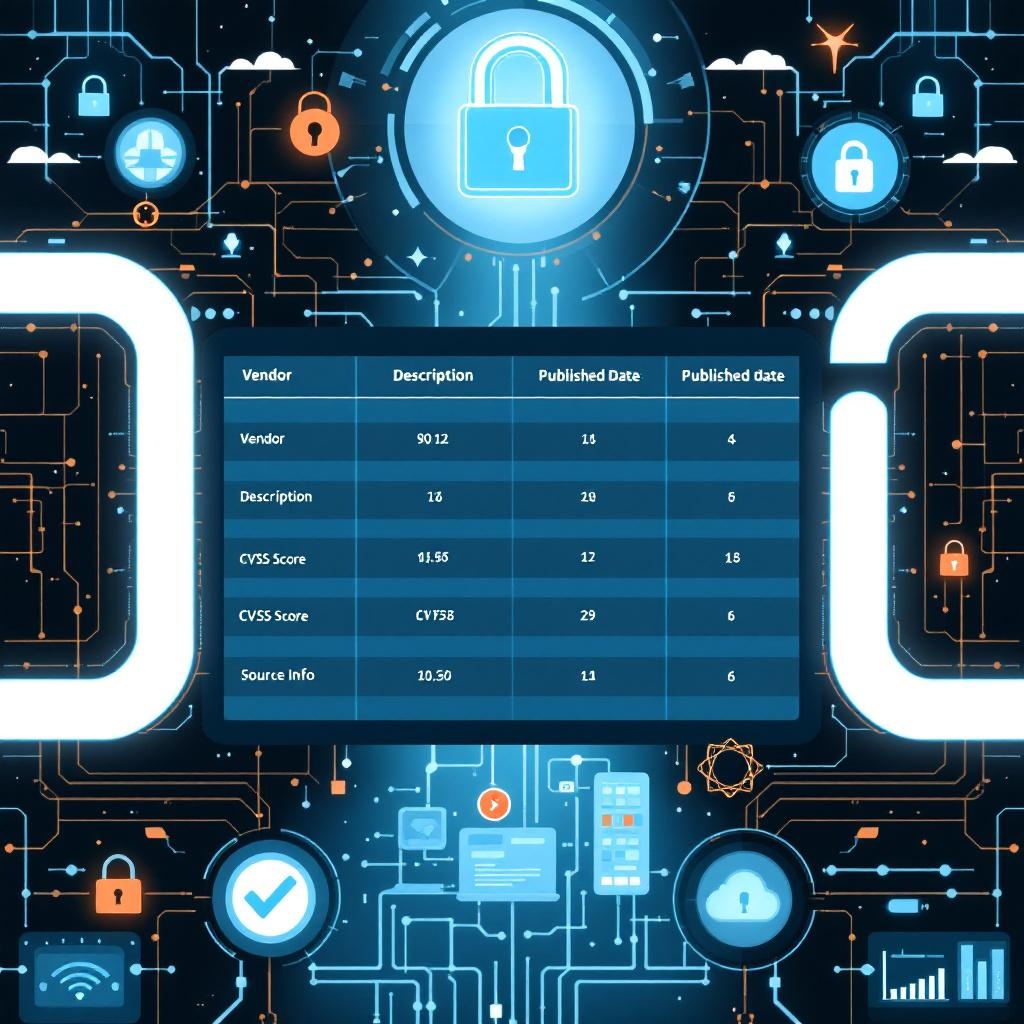This week in the world of cybersecurity, a disturbing revelation has surfaced concerning vulnerabilities in train systems, an issue that first came to light over a decade ago. The research conducted by [midwestneil] highlights a critical gap in the security measures surrounding our transportation systems, raising questions not only about safety but also about the broader implications of technology in our daily lives.
Historical Context of Train Vulnerabilities
To fully grasp the significance of this recent discovery, we must delve into the history of train vulnerabilities. The initial findings by [midwestneil] in 2012 were met with skepticism and resistance from various authorities. At that time, the idea that trains, a cornerstone of public transportation, could be so easily compromised was dismissed as far-fetched. However, as technology has evolved and integrated itself more deeply into the core infrastructure of our rail systems, the validity of these concerns has become painfully apparent.
The Role of Technology in Trains
Modern trains rely heavily on automated systems for everything from navigation to operational control. These systems, while increasing efficiency and safety, also introduce new vulnerabilities. The reliance on software and networked systems means that a breach in security could have dire consequences. The recent findings suggest that many of these systems were never designed with robust security protocols in place, making them susceptible to attacks.
Implications for Passenger Safety
The potential ramifications of these vulnerabilities are alarming. With millions of passengers relying on trains for daily commutes, the prospect of malicious interference raises pressing questions about safety. How can authorities ensure that the systems in place are secure enough to protect the public? The answer lies in a multi-faceted approach that combines better technology, rigorous testing, and a proactive stance on cybersecurity.
Fake Homebrew: A New Threat
In addition to train vulnerabilities, another unsettling trend emerged this week concerning ‘fake homebrew’ software. This phenomenon refers to the growing market for counterfeit software that masquerades as legitimate tools for developers and hobbyists. Cybercriminals have begun to exploit the popularity of homebrew software, creating clones that may contain hidden malware or backdoors.
Understanding Homebrew Software
Homebrew software is generally used by enthusiasts to enhance their operating systems or to create unique applications. However, with the rise of digital piracy and counterfeit software, the risks have multiplied. Users often download these tools without a second thought, unaware that they may be putting their systems—and personal data—at significant risk.
Protecting Yourself from Malware
To safeguard against these threats, it is crucial for users to verify the authenticity of the software they download. Checking reviews, using official repositories, and being cautious with permissions can help mitigate the risks associated with fake homebrew. As the line between legitimate and counterfeit becomes increasingly blurred, users must remain vigilant.
AI Auto-Hacking: The Next Frontier of Cybersecurity
Another topic that has garnered attention this week is the emergence of AI in hacking. AI auto-hacking tools are being developed with the capability to autonomously identify and exploit vulnerabilities in systems. This technology poses a double-edged sword—while it can be used for malicious purposes, it also has the potential to revolutionize cybersecurity.
The Rise of Autonomous Hacking Tools
These AI-driven tools can scan networks at an unprecedented speed, identifying weaknesses that human hackers might overlook. While this can be advantageous for those seeking to bolster security measures, it also means that cybercriminals have access to sophisticated tools that can automate their attacks, making it easier than ever to compromise systems.
The Race for Cybersecurity Innovation
As AI continues to evolve, so must our approach to cybersecurity. Organizations need to invest in advanced technologies and training to stay one step ahead of potential threats. Collaboration between tech companies and cybersecurity experts is essential to develop robust defenses against the evolving landscape of cyber threats.
The intersection of technology and security is becoming increasingly complex, and the recent revelations about train vulnerabilities, fake homebrew software, and AI auto-hacking illustrate this point. As we navigate this new terrain, it is imperative that we remain vigilant and proactive in our approach to cybersecurity. The stakes are high, and the responsibility lies with both developers and users to ensure the safety and integrity of our technological infrastructure. In an era where technology is indispensable, safeguarding our systems against emerging threats is not just a necessity; it is a moral obligation.




